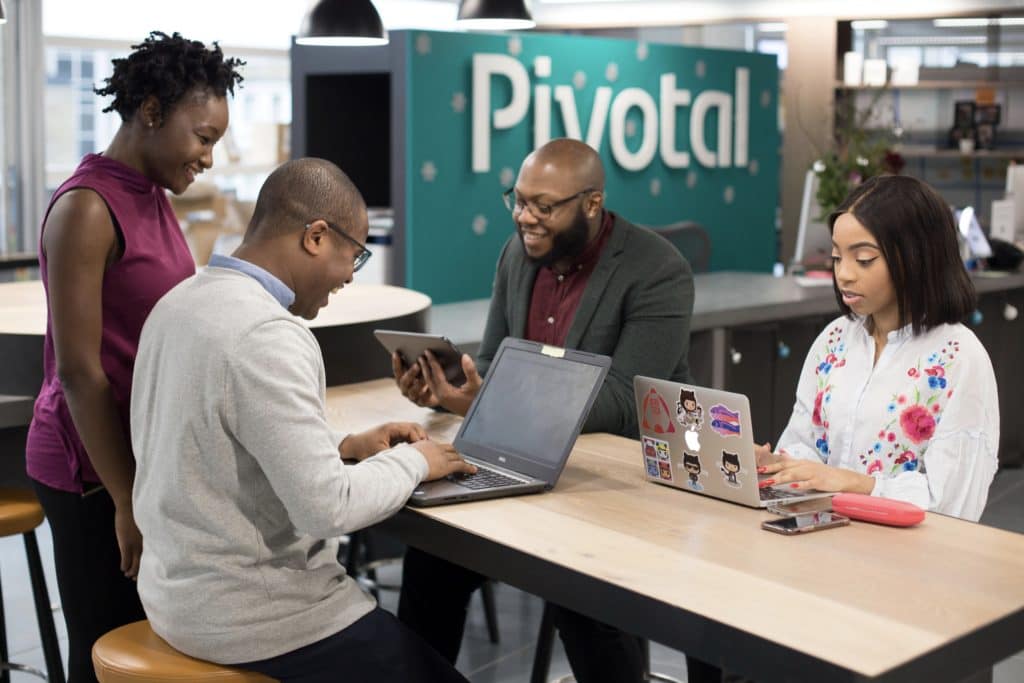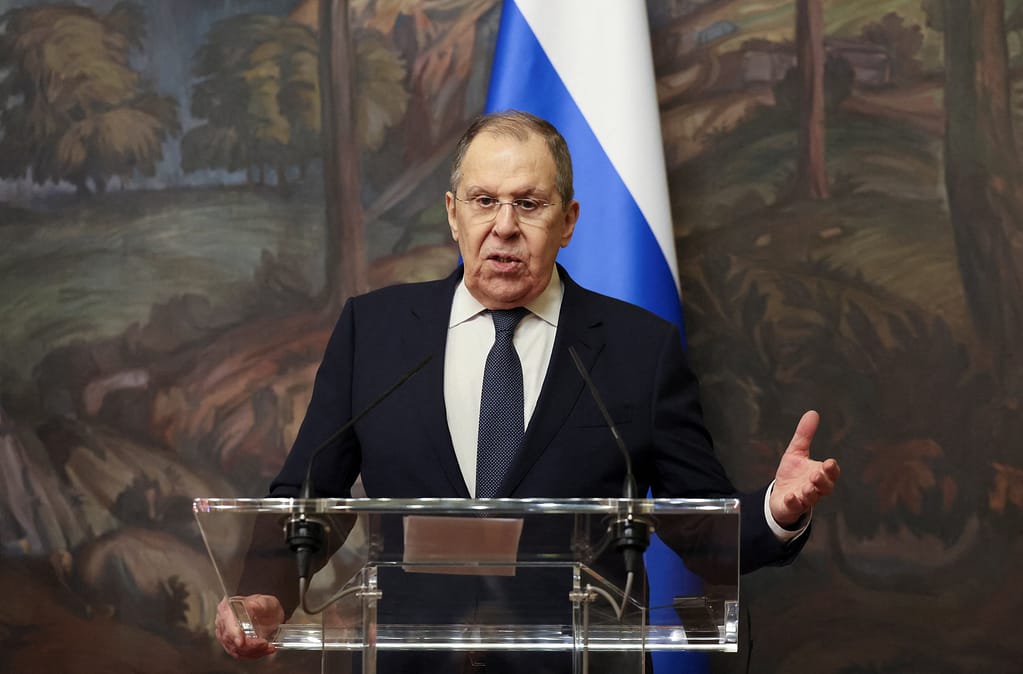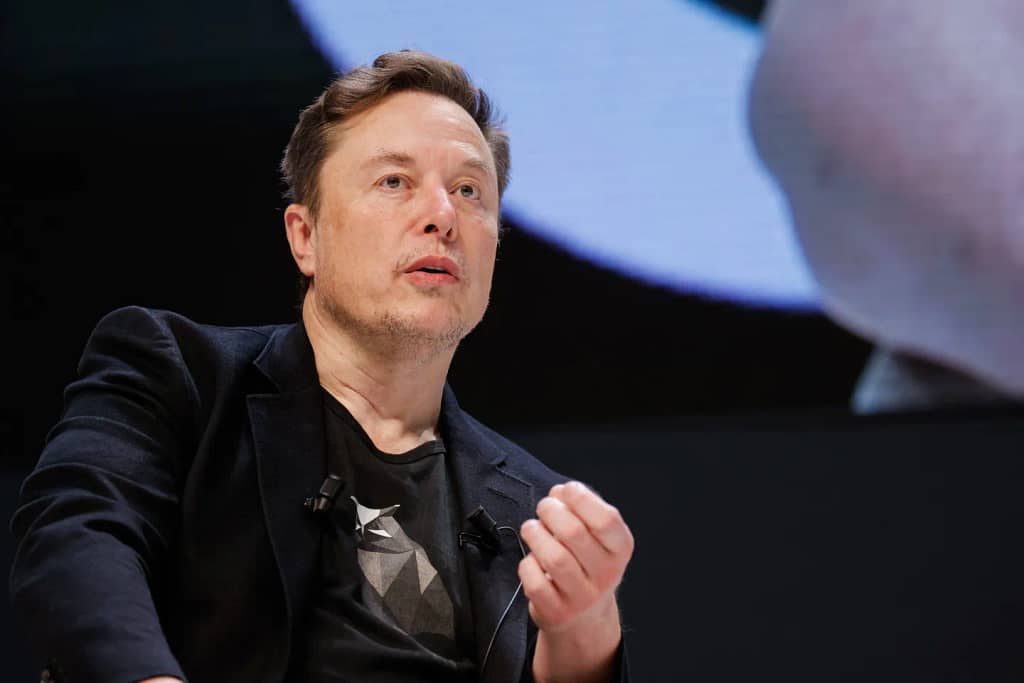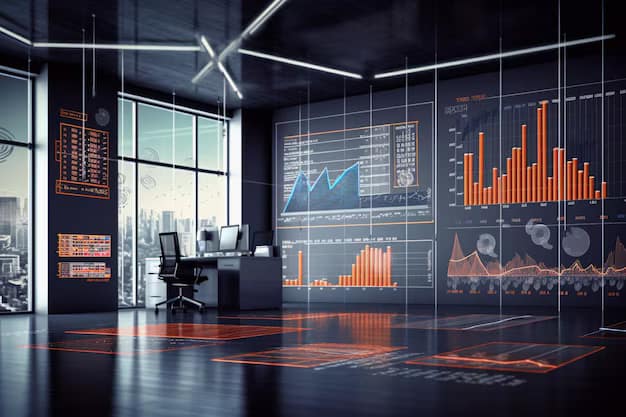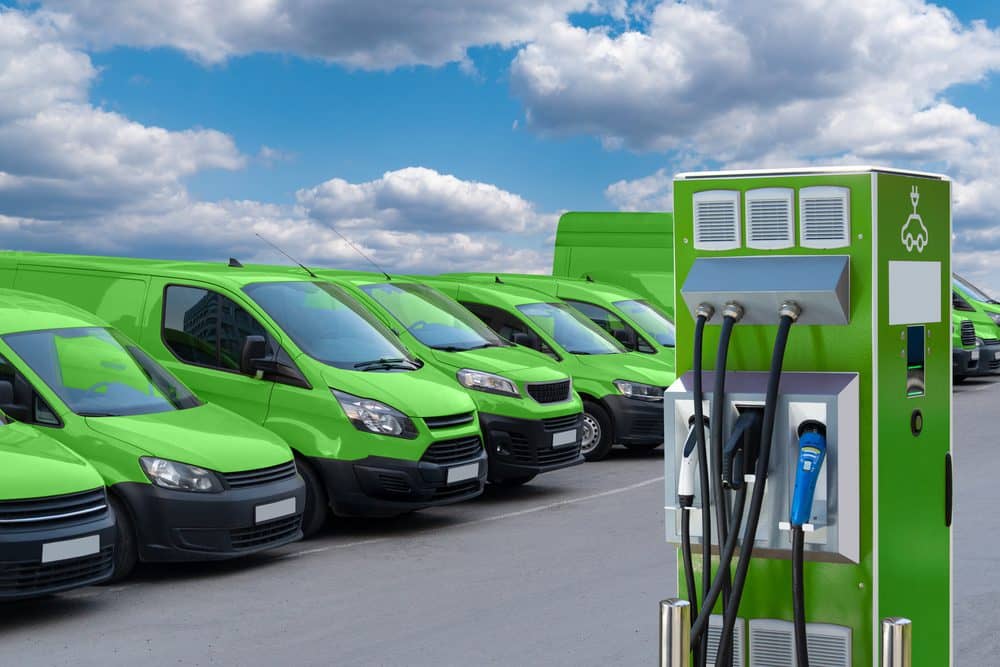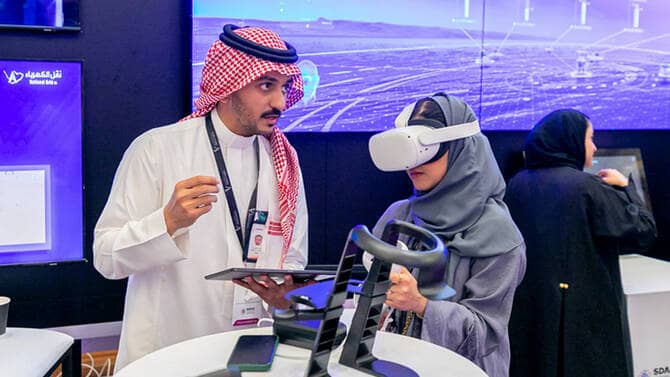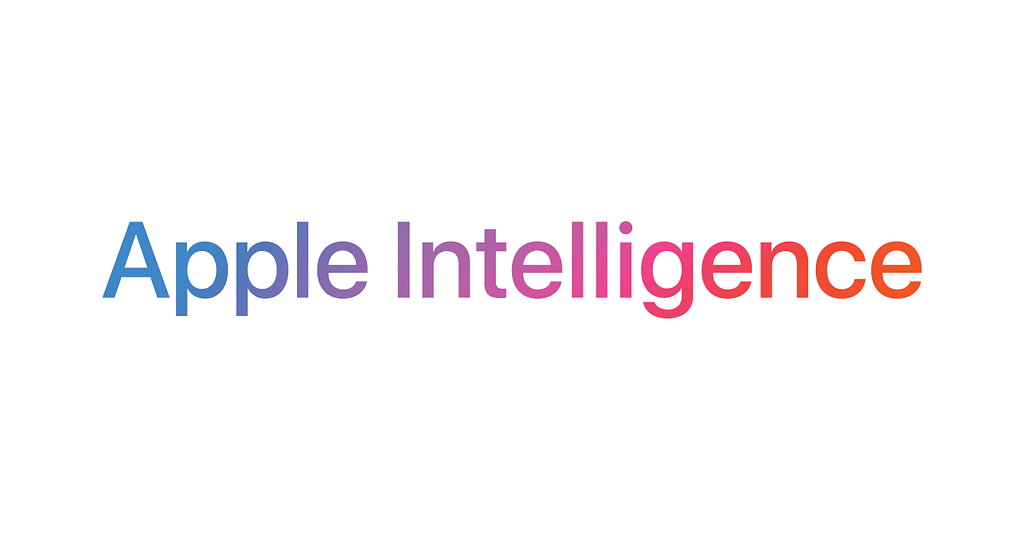UK-US Multibillion Dollar Tech Collaboration: What’s Going On
UK-US Multibillion Dollar Tech Collaboration: What’s Going On What is the Deal The United Kingdom and the United States are preparing to sign a landmark technology agreement during President Donald Trump’s upcoming state visit to the UK. The agreement is aimed at strengthening collaboration across several cutting-edge technology sectors: artificial intelligence (AI), semiconductors, telecommunications, and quantum computing. Though the exact details are still under negotiation, quite a few commitments and investment plans are already public. Key Players USA side: will include senior tech industry leaders. For example, Nvidia CEO Jensen Huang and OpenAI CEO Sam Altman are expected to accompany President Trump during the visit. UK side: Technology Secretary Liz Kendall, who recently took office, is a key figure. Investment Commitments One specific investment already announced: BlackRock intends to invest US$700 million into UK data centres as part of the series of deals to be unveiled during Trump’s state visit. Additionally, U.S. firms are reportedly planning broader, multibillion-dollar infrastructure investment in data centres in the UK, particularly to support AI and cloud computing demand. Strategic Context Both the UK and US have, in 2025, published AI Action Plans which outline ambitions to grow AI, compute capacity, R&D and regulation in the sector. This tech deal is seen as a logical extension of those plans, boosting trans-Atlantic cooperation. There is also growing interest globally in making sure certain critical technologies—especially for AI, semiconductors, data infrastructure—are more resilient, secure, and “sovereign”, meaning less dependent on supply chains that could be disrupted. Potential Impacts Boost to UK Data InfrastructureThe investments in data centres, plus cooperation from large firms like OpenAI and Nvidia, will likely accelerate the UK’s ability to host large-scale AI training and deployment locally. That can reduce latency, regulatory exposure, and dependency on foreign infrastructure. Jobs & Skills DevelopmentBuilding data centres, setting up high-end semiconductor or quantum labs, supporting AI R&D all create skilled jobs. Also, there will likely be spillover in training, research institutions, and upskilling in computing and engineering disciplines. Regulatory and Policy AlignmentAs part of the agreement, expect movement toward aligning standards, regulation, and oversight in AI, data protection, and related areas. Shared or compatible regulation helps firms operate across borders. Geopolitical ImplicationsThe deal reflects a broader trend: democracies are trying to build stronger tech collaboration to ensure competitiveness vis-à-vis China, for example, and to reduce risks from supply chain disruptions in semiconductors, chips, etc. Also, there is an element of strategic signalling. Innovation & Spillover EffectsMore investment tends to catalyze more private R&D, spin-off firms, and innovation ecosystems. The presence of major global players (like OpenAI, Nvidia) in the UK could help attract more talent and startup activity. Challenges & Things to Watch Finalization of Details: Some parts are still under negotiation. Ensuring clarity on how the collaboration works (who owns what, IP rights, data protection, infrastructure commitments, energy supply, etc.) will matter. Energy and Infrastructure Constraints: Data centres and AI infrastructure consume lots of power. Ensuring sustainable and reliable energy supply, cooling, etc., will be key. Regulatory Hurdles: Licenses, environment, planning permission, zoning, national security scrutiny. These can slow down or increase the cost of implementation. Balance of Benefits: The UK will want to ensure it gets enough economic benefit, rather than just serving as a site for US-based operations. Geopolitical Risk: Tensions with other global powers might complicate supply chains, trade in key inputs like semiconductors, or restrict access to certain technologies. Conclusion This proposed UK-US tech collaboration is a significant move. It continues a pattern where nations are looking beyond simple trade for deeper cooperation in technology infrastructure, regulation, and capability. If implemented well, the deal could substantially advance the UK’s AI and data infrastructure, raise its global tech profile, and generate jobs, while also reinforcing the strategic ties between the UK and US. But success will depend heavily on how quickly and smoothly the various technical, regulatory, and logistical issues are resolved.
UK-US Multibillion Dollar Tech Collaboration: What’s Going On Read More »



